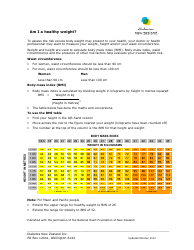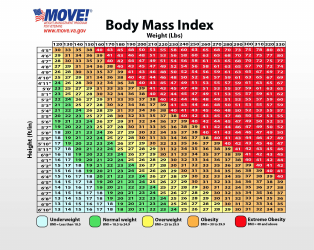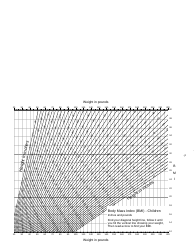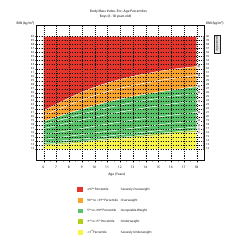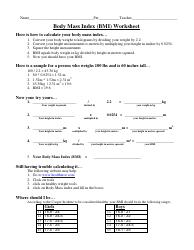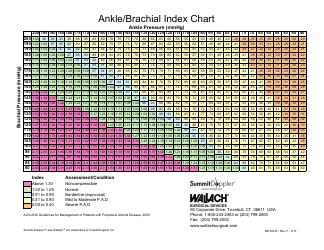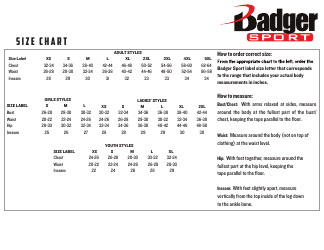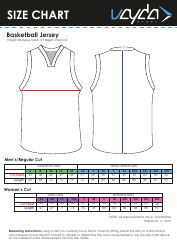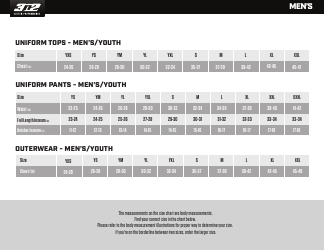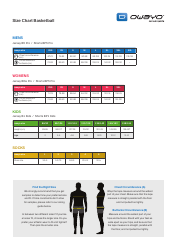Body Mass Index Chart for Adults
The Body Mass Index (BMI) chart for adults is used to determine if a person has a healthy weight for their height. It can help identify if someone is underweight, normal weight, overweight, or obese.
The Body Mass Index (BMI) chart for adults is not filed by any specific individual or organization. It is a widely available tool that can be found online, in medical offices, or printed for personal use.
FAQ
Q: What is body mass index (BMI)?
A: Body mass index (BMI) is a measure of body fat based on height and weight.
Q: How is BMI calculated?
A: BMI is calculated by dividing a person's weight in kilograms by the square of their height in meters.
Q: What are the different weight categories for BMI?
A: BMI weight categories include underweight, normal weight, overweight, and obese.
Q: What is considered a healthy BMI?
A: A BMI between 18.5 and 24.9 is considered healthy.
Q: What is considered an underweight BMI?
A: A BMI below 18.5 is considered underweight.
Q: What is considered an overweight BMI?
A: A BMI between 25 and 29.9 is considered overweight.
Q: What is considered an obese BMI?
A: A BMI of 30 or higher is considered obese.
Q: Is BMI a perfect measure of body fat?
A: BMI is a useful screening tool, but it does not directly measure body fat percentage.
Q: What are the limitations of BMI?
A: BMI does not take into account factors like muscle mass, bone density, and distribution of fat.






